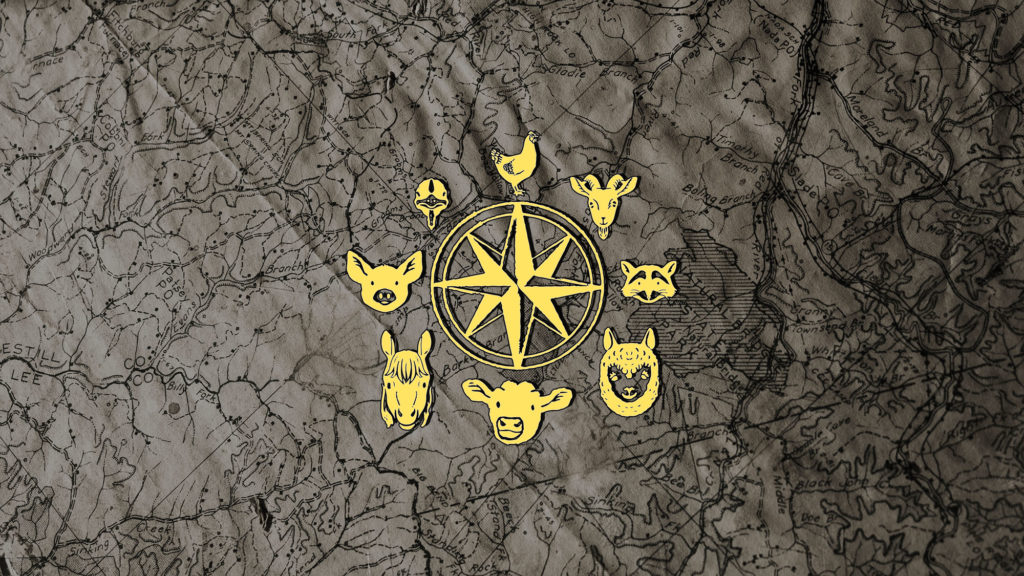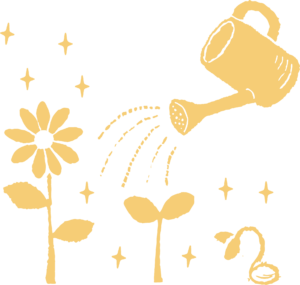
You may notice that the base of nearly every resource at The Open Sanctuary Project has a list of sources, including websites, organizations, articles, scientific journals, and books. We are committed to providing our audience with a transparent accounting of where we’re gathering our information from, which often, by nature of the state of animal agricultureThe human production and use of animals in order to produce animal products, typically for profit., relies upon non-compassionate sources that aim to maximize profit from animals or what comes from them, or to perpetuate a culture of exploitationExploitation is characterized by the abuse of a position of physical, psychological, emotional, social, or economic vulnerability to obtain agreement from someone (e.g., humans and nonhuman animals) or something (e.g, land and water) that is unable to reasonably refuse an offer or demand. It is also characterized by excessive self gain at the expense of something or someone else’s labor, well-being, and/or existence..
We try our best to cite our information from compassionate sources, but often, this is not possible. It is our aim that we continue to work towards a vision of a world free of exploitation to animals of all species, but in the meantime, we will work with what we have to help sanctuaries help animals as effectively as possible. You can read a little bit more about our non-compassionate source policy here.

You Should Expect Growth!
This page, as with all resources provided by the Open Sanctuary Project, should be viewed as a living document that will grow and change as we do!
Is Citing A Source An Endorsement?
Just because we cite a source, please do not consider this an endorsement of the source by The Open Sanctuary Project (in the same way that we do not endorse any animal organization or individual animal advocate). In addition, the citation of one page of a website does not mean we endorse practices or policies written about elsewhere on the same website, or even necessarily practices or policies that appear on the same page! We try our best to cite exactly what we’re talking about in a resource, which sometimes means finding one important piece of information, rather than finding a source that entirely aligns with our missionThe stated goals and activities of an organization. An animal sanctuary’s mission is commonly focused on objectives such as animal rescue and public advocacy. (which would be nearly impossible in today’s world when it comes to many of our resources).
Our Considerations When Seeking Sources
When gathering sources to synthesize into our resources, we have several considerations that influence our decision to use or not use any particular source, including but not limited to:
Is It A Compassionate Source?
We prefer to send readers to compassionate sources when at all possible! However, if they aren’t compassionate sources, we’ll do our best to label them as such to forewarn readers.
Who Is Behind The Source?
What are the qualifications of the person who is sharing the information? We prefer to use highly qualified sources. We define “qualification” in a few ways. Veterinary sources and sources coming from a background of deep scientific understanding are heavily weighted. Also heavily weighted are sources who may not have the same scientific training as a veterinarian, but who have many years of experience in compassionate care, and who have a special level of expertise due to this lens. We also examine where such sources get their own information.
What Does The Cited Source Hope To Gain From The Reader?
Is it a commercial site? Is it trying to sell products or services? Is it an industry site trying to make it easier to exploit animals? We try our best to source from proper veterinary or science-based organizations with a focus on animal well-being when we can, but often some of the best information on a specific subject might be gathered from animal agriculture industry organizations who have the money and will to fund the study of farmed animalsA species or specific breed of animal that is raised by humans for the use of their bodies or what comes from their bodies., often without the animals’ best interests in mind.
Can The Information In One Source Be Found In Multiple Sources?
While it isn’t always possible, we try to use more than one source that provides similar information. Finding information about a particular topic in a single source can be helpful, but finding multiple sources with that same information helps ensure the validity of the information we are sharing. The sources we hope to find are those written by veterinarians, individuals with compassionate expertise in the area, and scientific researchers. Finding multiple random, non-compassionate blogs that lack their own sourcing wouldn’t necessarily be evaluated to be reliable sourcing.
If Sourcing From An Individual – What Are Their Values?
This is a tricky one for several reasons. If an individual has a helpful, valid perspective about a particular issue, we also try to consider whether sourcing their information involves incidental platforming of other views that are actively harmful to certain communities of non-human or human animals. Because sanctuary fundamentally involves community values around collective liberationCollective liberation recognizes that all systems of oppression are intertwined and acknowledges that working in solidarity with one another to undo all of these oppressive systems is the only way we can achieve a world where everyone, human and nonhuman, is truly free from exploitation and harm., creating space for all participants (including caregivers and other participants such as volunteers) to also be safe from direct or indirect harm is essential for us.
It’s A Process
We are always looking to improve and refine our sourcing methods at The Open Sanctuary Project and our transparency to our readership. We know that our sourcing is not often perfect, though much of this is because we are working in quite an imperfect system. If you have any recommendations as to how we might be able to refine or improve our sourcing process, please send us a message and let us know! We would love to hear your ideas!






